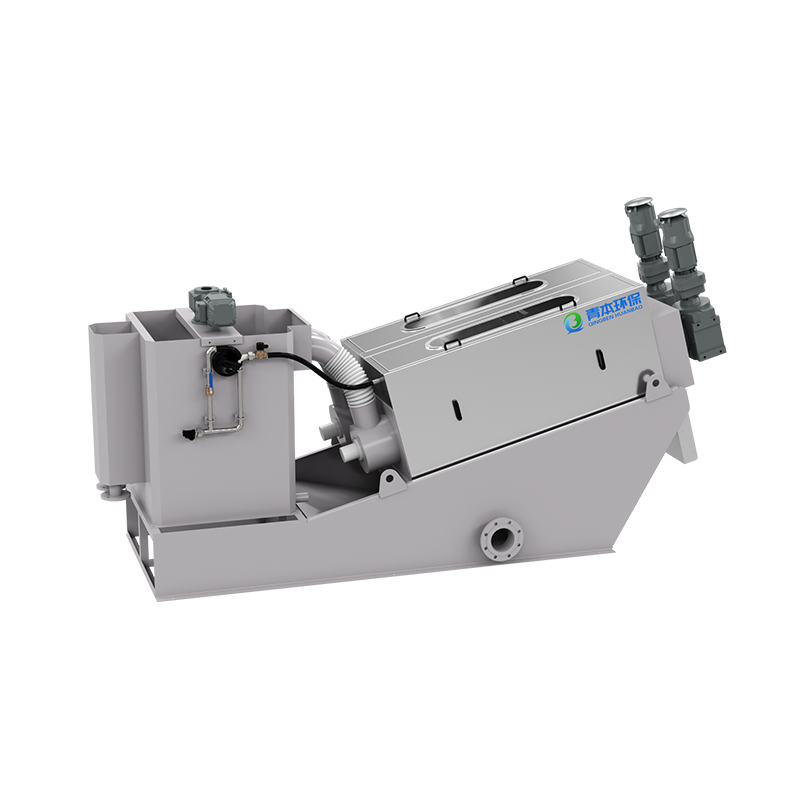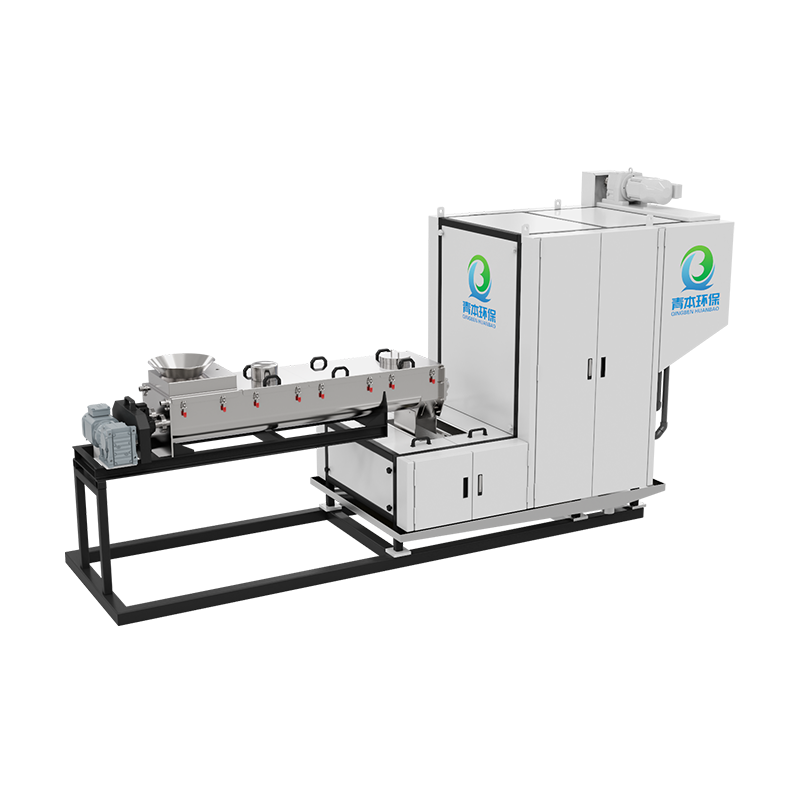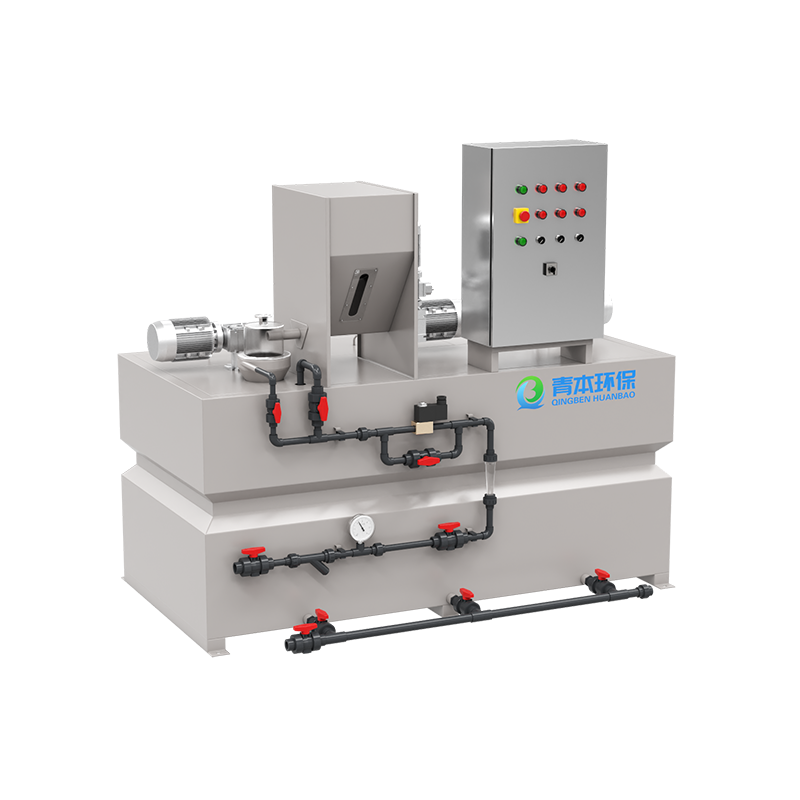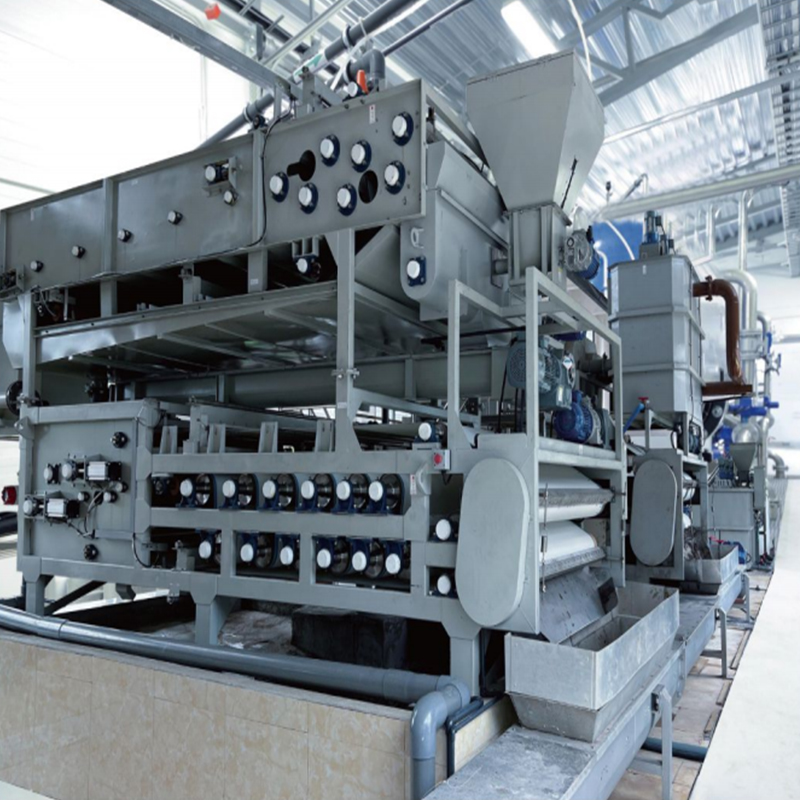The main function of a sludge cryogenic chamber dryer is to combine low-temperature heat pump dehumidification with convection hot air drying technology. After mechanical dehydration (such as using a plate and frame filter press or screw press), the sludge, typically with a moisture content of 80%-85%, is conveyed into the dryer's drying chamber via a conveyor. After drying, the sludge's moisture content can be reduced to 10%-50%, reducing its volume and facilitating subsequent disposal or utilization.
1. Achieving Deep Sludge Volume Reduction
Before Treatment: After concentration and mechanical dehydration (such as with a belt filter press or centrifuge) at the sewage treatment plant, sludge typically still has a moisture content of around 80%, forming a thick, viscous slurry. This bulky material is subject to high transportation and disposal costs.
After Treatment: The low-temperature dryer further evaporates the sludge's moisture using gentle heat (typically at temperatures between 40-85°C), significantly reducing its moisture content to below 40%, or even to 10-30%. Effect: The moisture content dropped from 80% to 30%, reducing the total sludge volume by approximately 70%. This significantly reduces the amount of sludge that needs to be transported for disposal, directly saving transportation costs and landfill space.
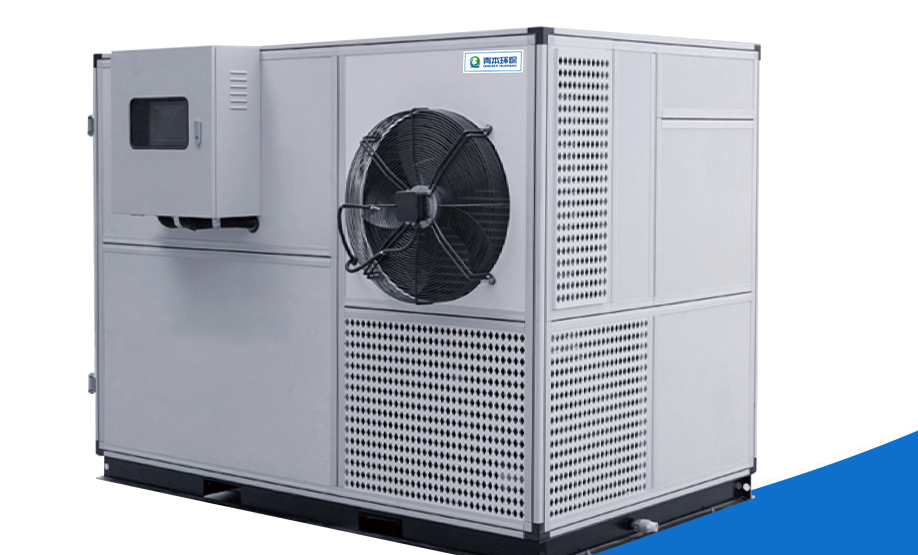
2. Stabilizing and Rendering Sludge Harmless
Wet sludge is extremely unstable, rich in organic matter and numerous pathogens, making it prone to spoilage and odor, posing a significant threat to environmental hygiene.
Pathogen Elimination: By maintaining a long, uniform, low-temperature heating environment, the low-temperature dryer effectively kills most harmful microorganisms in the sludge, including parasite eggs and pathogens (such as E. coli), rendering it harmless. Although the temperature is not high, the continuous heating is sufficient to denature and inactivate the proteins of these microorganisms.
Odor Elimination: The drying process significantly reduces the moisture content of the sludge, thereby inhibiting anaerobic fermentation by microorganisms and significantly reducing the generation of malodorous gases at the source. The resulting dry sludge pellets are virtually odorless. Passivation of Heavy Metals: Certain processes can reduce the bioavailability of some heavy metals and mitigate environmental risks by adjusting sludge properties.
3. Creating the Prerequisites for Sludge Resource Utilization
This is the most important value of low-temperature dryers, transforming sludge from a "waste" into a "quasi-resource."
Increasing Calorific Value: After drying sludge, its low-heat calorific value is significantly increased. Dried sludge pellets can be used as fuel, for example, in waste incineration plants for co-incineration and power generation, as auxiliary fuel in cement kilns and coal-fired power plants, or as biomass fuel pellets.
Making Organic Fertilizer or Soil Conditioner: For domestic sludge that meets standards for heavy metals and other pollutants, the dried product is rich in nitrogen, phosphorus, potassium, and organic matter, making it a high-quality raw material for producing organic fertilizer or soil conditioners for landscaping. Drying is a prerequisite for granulation and fertilizer production.
Other Utilization Options: Dried sludge can also be used as an additive in brickmaking and road paving, achieving resource recycling.






